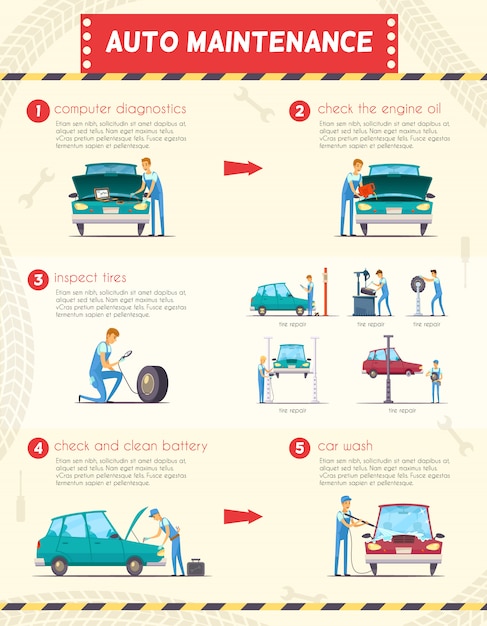Understanding The Significance Of Your Automobile'S Warning Signals: What They Actually Represent
Understanding The Significance Of Your Automobile'S Warning Signals: What They Actually Represent
Blog Article
Authored By-Lim Alvarado
When you're behind the wheel, those beautiful warning lights on your control panel can be a bit bewildering. Do you know what they're trying to inform you regarding your vehicle's wellness? Recognizing the significance of these lights is crucial for your safety and the longevity of your car. So, the next time one of those lights pops up, wouldn't you wish to understand its message accurately and take the essential steps to resolve it?
Common Caution Lighting and Interpretations
Recognize usual caution lights in your cars and truck and comprehend their definitions to guarantee safe driving.
One of the most typical caution lights consist of the check engine light, which signals issues with the engine or discharges system. If this light begins, it's essential to have your automobile inspected without delay.
The oil pressure warning light shows low oil stress, calling for prompt focus to stop engine damages.
A blinking battery light might recommend a defective billing system, possibly leaving you stranded if not attended to.
The tire pressure tracking system (TPMS) light alerts you to low tire pressure, impacting vehicle security and gas performance. Neglecting this could bring about risky driving problems.
The abdominal muscle light indicates a trouble with the anti-lock stopping system, jeopardizing your ability to quit quickly in emergency situations.
Finally, the coolant temperature level cautioning light warns of engine getting too hot, which can result in severe damages if not settled quickly.
Recognizing these common warning lights will certainly help you deal with problems promptly and keep risk-free driving conditions.
Value of Prompt Focus
Comprehending the common caution lights in your automobile is only the initial step; the relevance of immediately attending to these warnings can't be emphasized sufficient to guarantee your safety when traveling.
When a caution light illuminates on your control panel, it's your automobile's way of communicating a possible issue that requires attention. Ignoring these cautions can cause extra extreme problems down the road, endangering your safety and security and potentially costing you a lot more in repairs.
Motivate interest to cautioning lights can protect against malfunctions and mishaps. For example, a blinking check engine light might indicate a misfire that, if left ignored, might create damages to the catalytic converter. Addressing this quickly can save you from a pricey fixing.
Likewise, a brake system cautioning light could signal reduced brake liquid or used brake pads, critical components for your safety and security when driving.
DIY Troubleshooting Tips
If you discover a warning light on your control panel, there are a couple of do it yourself fixing pointers you can try prior to looking for specialist aid.
The first step is to consult your automobile's guidebook to comprehend what the particular warning light indicates. Often the problem can be as basic as a loose gas cap causing the check engine light. Tightening car detailing nz might deal with the trouble.
One more common issue is a reduced battery, which can set off numerous cautioning lights. Examining the battery connections for rust and guaranteeing they're protected may deal with the issue.
If a caution light lingers, you can try resetting it by separating the automobile's battery for a few mins and then reconnecting it. In https://marketscale.com/industries/transportation/car-repair-shops-are-thriving-during-chip-shortage/ , inspecting your lorry's liquid levels, such as oil, coolant, and brake liquid, can aid fix advising lights associated with these systems.
Conclusion
To conclude, understanding your automobile's caution lights is vital for keeping your automobile running smoothly and securely. By promptly attending to these informs and understanding what they suggest, you can avoid expensive fixings and possible breakdowns.
Bear in mind to consult your vehicle's guidebook for certain information on each warning light and take action accordingly to guarantee a hassle-free driving experience.
Remain educated, stay risk-free when traveling!
